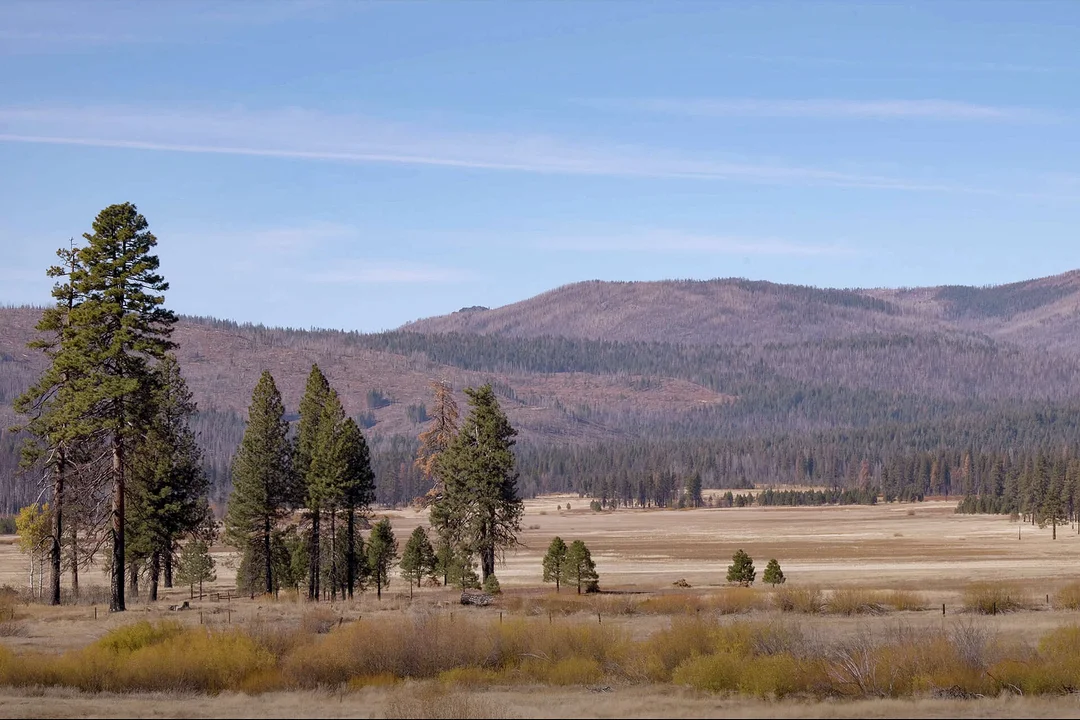
Nature’s Master Architects: Why Beavers Are Earning a Comeback Across America
Every April 7, International Beaver Day shines a spotlight on the beaver—a seemingly humble rodent with a hidden outsized impact on landscapes across North America. Once targeted nearly to extinction for their fur and maligned as pests, beavers are now enjoying a dramatic shift in public perception. From local rivers in California to wide wetlands in Oregon, advocates and researchers increasingly recognize beavers as ecological powerhouses whose work benefits both wildlife and people, especially in an era of climate uncertainty.
Beavers, sometimes affectionately called “nature’s engineers,” are celebrated not only for their unmistakable cuteness but for the lives they transform. As International Beaver Day participants learn, these creatures build intricate dams from logs, mud, and stones, creating ponds that nurture birds, fish, amphibians, and plants. Their impact goes beyond architecture; their orange-hued teeth never stop growing, requiring constant gnawing on timber, and their flat, paddle-like tails help them navigate and balance both in and out of water. Beaver lodges—dome-shaped homes in the middle of ponds—are the heart of tight-knit family communities, famed for loyalty and cooperation.

These innate talents are garnering respect from ecologists and conservationists. In Truckee, California, field researcher Christopher Paganelli recounted how beavers—long absent from the region due to their reputation as nuisances—are quietly transforming local waterways. His data showed that beaver dams slow water flow, trap sediment, and form deep, cool pools critical for trout during summer heatwaves. Waterfowl, from mergansers to widgeons, find safe nesting grounds near beaver ponds, while the damp landscapes beavers create serve as natural firebreaks, a crucial defense as wildfires intensify in the West.
Oregon, a former beaver stronghold deprived by fur trading, is also seeing a renaissance in beaver appreciation. Dr. Maureen Thompson, program manager with Beaver Works Oregon, leads community conversations on the animal’s dual role as landscape shaper and climate change ally. Modern approaches—such as non-lethal management strategies and policy reforms—promote coexistence between landowners and beavers. Events like the Sisters Science Club’s recent lecture highlight public enthusiasm and reinforce evidence that supporting beaver populations strengthens biodiversity and water security in the face of drought and fire.
Despite decades of being driven to the brink, beaver numbers now range between 10–15 million worldwide, a recovery owed to changing attitudes toward conservation and innovative collaborative efforts between scientists, policymakers, and communities. “Beavers don’t burn fossil fuels, they don’t need concrete or plans, and yet they outperform many of our most expensive restoration projects,” Paganelli notes—an inspiring testimony to nature’s quiet resilience.
As curiosity and reverence for beavers rise, so too does debate about how best to balance ecological benefits with the need to protect infrastructure and property. But as recent success stories suggest, coexistence is not only possible—it’s essential. This International Beaver Day, the question lingers: How much healthier, safer, and more resilient could our landscapes become if we embraced these master builders as vital partners in restoration?
What’s your experience with beavers where you live? Share your thoughts below and join the conversation!